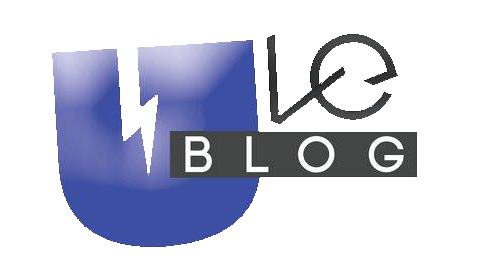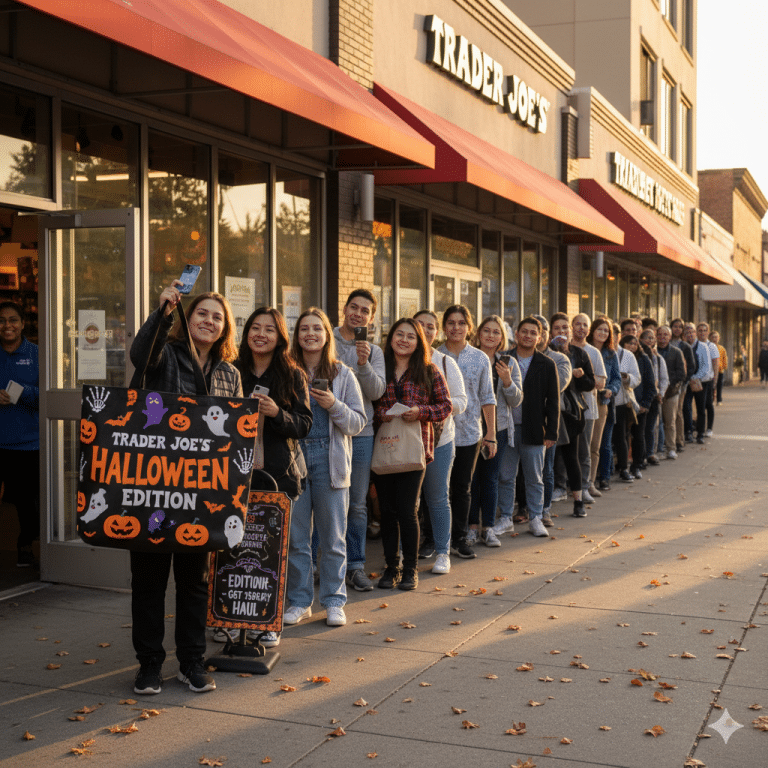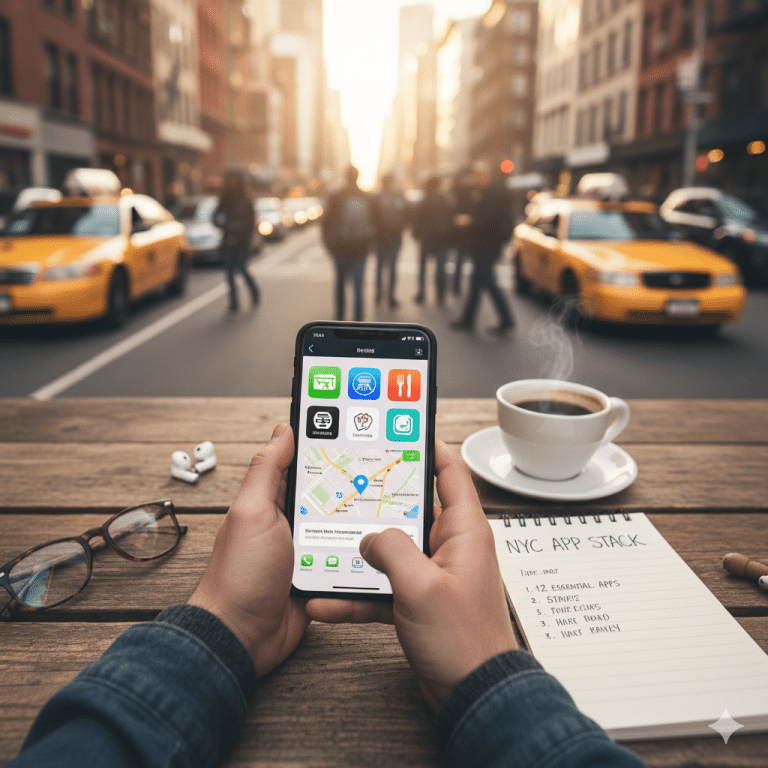We are all living with a low-level hum of anxiety. It’s the sound of a promise colliding with a new reality.
The promise of Artificial Intelligence has been one of optimistic augmentation, a brilliant co-pilot, a tireless assistant that would free us from drudgery to pursue higher, more human creativity. But the reality, emerging in reports and quiet office reorganizations, feels different. We hear of companies hiring fewer graduates, of entire tasks and roles being shifted “towards AI.”
This isn’t a critique of progress. It’s the engine of capitalism and economics at work, relentlessly seeking efficiency. The Industrial Revolution did the same, displacing artisans with machines. But that revolution, disruptive as it was, unfolded over generations. It gave us time to adapt. We built new schools, learned new trades, and created new social safety nets. This new revolution is happening in months. And as a parent, I find myself looking at my children, a 4-year-old and a 1-year-old, and realizing the playbook I was handed is becoming obsolete.
The traditional seeds of a competitive future like creating a 529 college fund, a path toward competitive schools, a “healthy upbringing” all feel necessary, but suddenly insufficient. We are parenting in a paradigm shift, and we are not just battling human competition anymore. We are figuring out how to prepare our kids to compete with, and collaborate with, AI. This creates a paralyzing set of new questions. Do I risk exposing them to the “engagement economy” by starting a social media presence for them, hoping to build an audience for the new currency? Or do I shield them, prioritizing the “unplugged” play approach that we’re told builds human character?
We look for guidance. We wonder what the CDC or the American Academy of Pediatrics (AAP) says. And their advice is, understandably, still catching up. The AAP has shifted its guidance away from simple hour-limits on screens, focusing instead on the quality of engagement and the importance of “co-viewing.” But there is no official roadmap for “When to introduce your toddler to a generative AI chatbot.” We’re all flying blind, trying to balance the risk of too much exposure with the fear of being left behind. This isn’t just a future problem for our kids; it’s happening to us right now. Look at the professional world. For two decades, the formula was clear: a polished resume, a tailored cover letter, and a clean LinkedIn profile. That tactic is dying.
AI can now write that resume and cover letter in seconds. Applicant Tracking Systems (ATS) use AI to scan them, creating a sterile loop of machine-talking-to-machine. The new way to stand out, it seems, is to turn your LinkedIn profile from a static resume into a living, breathing portfolio. You have to show your work and post videos, write articles (like this one), and share your thought process. You have to build a personal brand that demonstrates the one thing AI can’t replicate: your unique, human perspective.
This is the great upskilling. But again, the speed is the problem. With no signs of slowing down, when do we, as a society, ring the alarm?
This isn’t a dramatic, “end of the world” alarm. It is a practical, “social fabric” alarm. It’s an alarm that warns us before millions are affected by a transition so fast that our capitalist DNA outpaces our social structures. It’s the alarm that sounds before we see needless corruption, widespread poverty, and the social revolution that inevitably follows. We are told this is just a tool. But a tool that could replace 300 million full-time jobs, as some economists project, is a societal force. A tool that may widen the gap between the rich and poor demands a plan.
As a parent and a professional, it would put my mind at ease to hear how our political leaders plan to manage this. We don’t need to stop progress. We need to buffer the transition. We need to invest in retraining, rethink education, and foster new partnerships between the public and private sectors to build a more adaptable workforce.
We need a plan, because “it will all work out” isn’t a strategy. It’s a gamble. And when I look at my kids, it’s not a gamble I’m willing to take.




